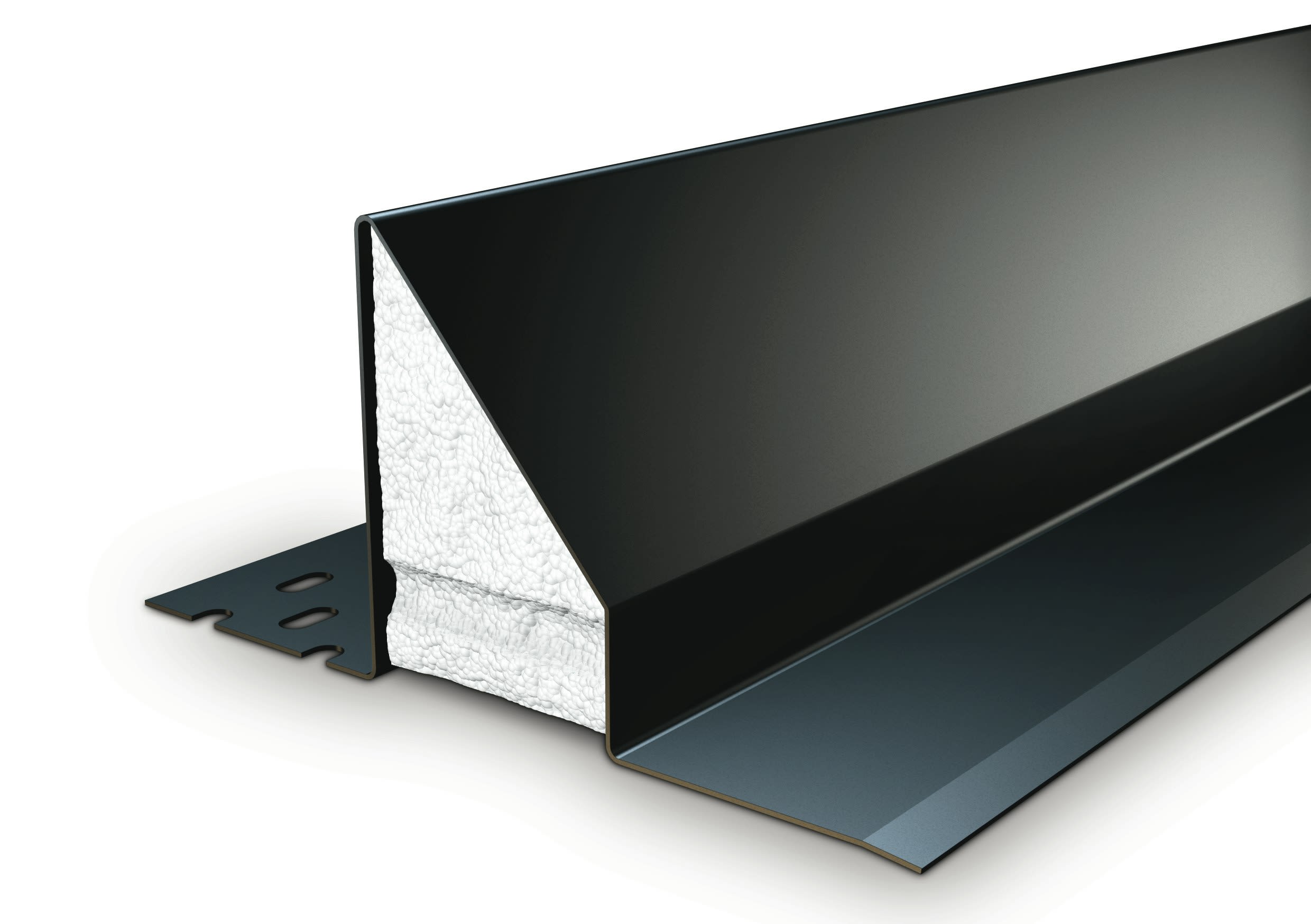Steel Lintels
(18 Products)Steel lintels are horizontal steel members installed above door and window openings to carry the masonry or other wall loads that would otherwise bear directly on the frame below. Because steel has uniform strength in all directions, each lintel acts as an isotropic element, unlike timber, whose grain makes it stronger in one direction than another.
What are Steel Lintels
Steel lintels are engineered from high-tensile rolled steel and shaped into structural profiles (angles, channels, or beams) and then set above wall openings to spread and transfer loads safely across the surrounding masonry.
Their superior strength-to-weight ratio lets them support heavy loads while keeping the cross-section slim and overall steel consumption low.
The lintels are hot-dip galvanised, giving them a zinc layer that shields the steel from rust. This corrosion protection greatly extends their service life while reducing maintenance costs.
The key advantage of steel lintels is their isotropic nature, offering uniform strength and structural integrity throughout.
Applications
- Loose angles are typically used in non-structural walls, mainly to carry the masonry over small gaps like windows or standard doorways. They're simple but effective for jobs that don’t involve much load.
- Combined sections are used in load-bearing setups. When the opening is wider or the load above is heavier, multiple steel pieces are put together to handle the weight properly.
- Single-angle lintels work well for light-duty needs (think small windows or utility spaces where the load is minimal).
- Steel beams or flat plates are best used when you've got a large span to cover (like full-width doors, shopfronts, or wide windows) and they need to hold substantial weight above.
- Shelf angles are often found in cavity wall construction. Essentially a shelf that supports the outside course of bricks, most often where the wall changes line or at each floor level.
Benefits
- Fire-Resistant: Steel is entirely non-combustible and maintains its load-carrying capacity far longer than timber when exposed to elevated temperatures.
- Dimensional stability: No seasonal movement; steel will not warp, cup, or shrink, so openings stay true and hardware alignment is preserved.
- Precision Manufactured: Manufactured under controlled plant conditions, lintels arrive pre-cut, drilled, and coated, eliminating almost all site modification.
- Strength In Slimline: High load capacity is delivered through a shallow section, ideal for narrow cavities and height-restricted details.
- Circular-Economy Ready: A high recycled content at manufacture and full recyclability at end of life support green-building certification.
- Minimal Maintenance: Hot-dip galvanising forms a long-lived zinc layer; inspection is typically visual only.
- Multi-Substrate Fit: Standard profiles seat directly into brick, block, timber, or light-gauge steel walls without special adapters.
Steel Lintel Handling/Storage
- Delivered packs should rest on level supports at a practical working height.
- Individual lintels are best kept on pallets or in purpose-made racks.
- Handling requires cut-resistant gloves, and manual lifts must follow safe-handling practices to prevent strain injuries.
Frequently Asked Steel Lintels Questions
What are the Minimum Requirements Needed to Install Steel Lintels?
Steel lintels need a minimum end bearing of 150mm, bedded on mortar and levelled along its length across its width.
A minimum of 150mm masonry is required between the flange (protruded ridge) and the application level.
What is a Thermally Broken Lintel?
Thermally broken lintels prevent heat loss caused by thermal bridging using a thermal break, typically a material with low thermal conductivity, between the inner and outer sections.
What Does Isotropic Mean?
In regards to steel lintels, the term isotropic describes the level of strength steel has across its whole body, in this instance, steel lintels possess even strength throughout their entirety.



